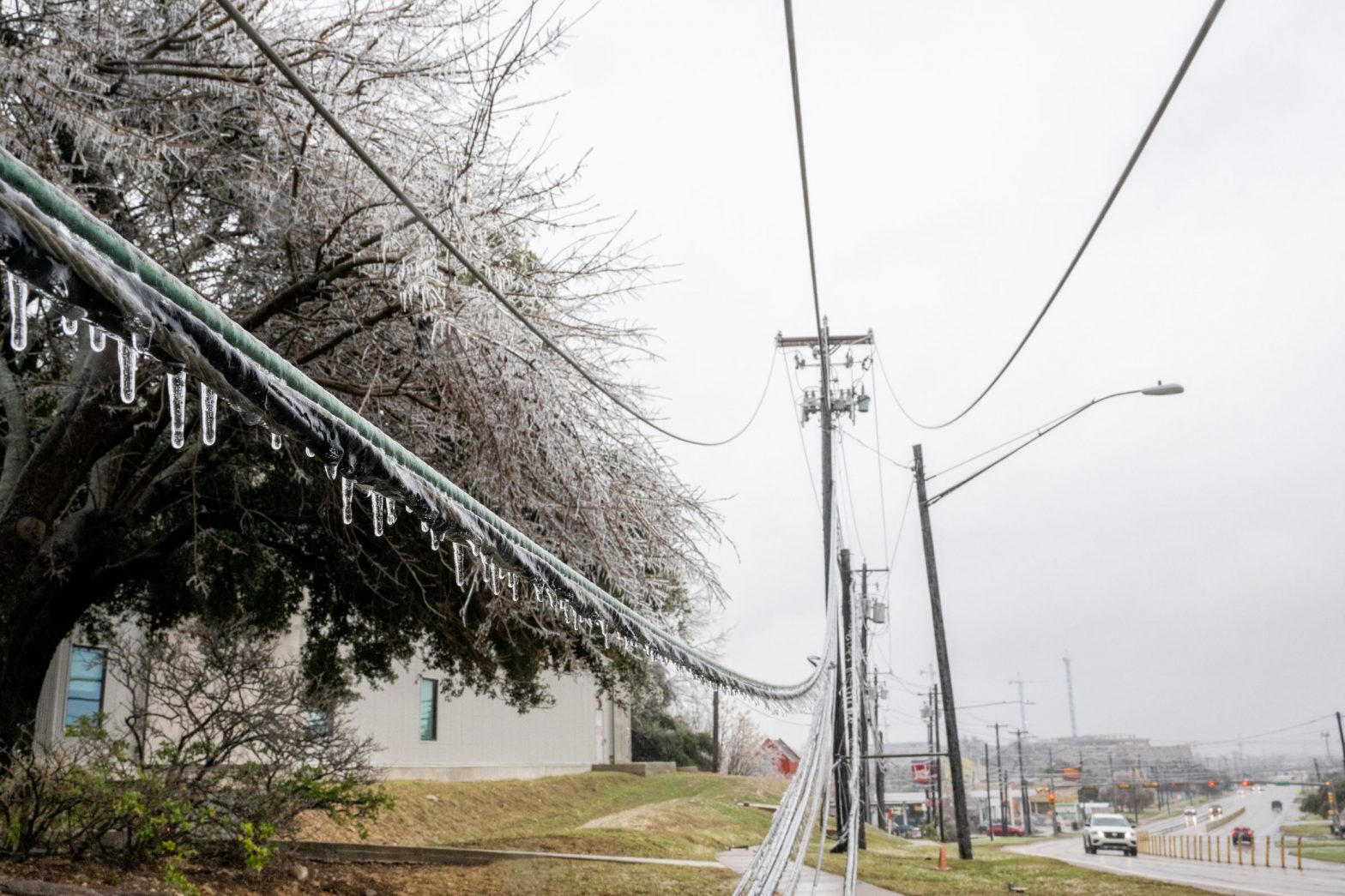/
This isn’t a repeat of 2021, but the grid still needs work.
:format(webp)/cdn.vox-cdn.com/uploads/chorus_asset/file/24404258/1461419208.jpg)
Power outages hit hundreds of thousands of Texans during a winter storm this week, bringing to mind deadly blackouts the state suffered in a 2021 cold spell. More than 400,000 customers had no electricity today as the icy storm that started Monday entered its final stretch.
This week’s blackouts, however, played out much differently than the 2021 disaster. And fortunately, the ice storm is forecast to finally ease up today. But it was another reminder of the work left to do to shore up Texas’ fragile grid.
The hashtag #TexasFreeze trended once again with scenes of vehicles skidding on ice-covered roadways and frozen trees wrecking power lines. There’s also finger-pointing — misplaced blame on renewable energy, as well as understandable frustration with officials for failing to prevent another round of massive outages.
Ice build-up on tumbling tree limbs and power lines has been the biggest danger this time, according to Governor Greg Abbott and the state’s grid operator, ERCOT. Many of the outages have been concentrated around Austin, where 1,300 “individual incidents” caused outages, the Texas Tribune reports. “It’s like whack-a-mole,” Austin Energy spokesperson Matt Mitchell told the Tribune of repair efforts as ice continued to wreak havoc on infrastructure.
Utility providers had “plenty of reserves and plenty of power,” Abbott said in a January 31st press conference. And a supply and demand chart from the state’s grid operator similarly shows electricity generation capacity outpacing demand. The problem has been getting that electricity to customers over mangled power lines.
It’s a different scenario than the catastrophe that unfolded in February 2021. That deep freeze was longer, colder, and left millions of customers without power. The cold was extreme enough to literally freeze up natural gas production, limiting the state’s power supply. The cold snap cut natural gas production nearly in half, as the frozen liquid inside wells, pipes, and valves blocked gas flow.
While the cold affected just about every energy source, frozen natural gas infrastructure emerged as the biggest problem. Texas generates nearly half of its electricity from gas, and demand for the fuel skyrocketed as people needed to crank up heating in their homes. Ultimately, hundreds of people died during the freezing weather.
While Texas escaped an energy supply crunch this time, there’s still plenty that can be done to shore up its grid against increasingly extreme weather. Some power lines can be buried to make them less vulnerable to wind, ice, and falling tree branches — although it’s a pricey fix that comes with the risk of making damaged lines more difficult to fix. And unlike other states, most of Texas doesn’t connect to other regions’ grids to share energy.
In another severe winter weather scenario, Texans may have to curb their electricity use or suffer rolling blackouts again, a November report by ERCOT found. “Under the most extreme conditions, there could be not enough power,” Pablo Vegas, president and CEO of ERCOT, told the Tribune in November. “That’s not acceptable.”
